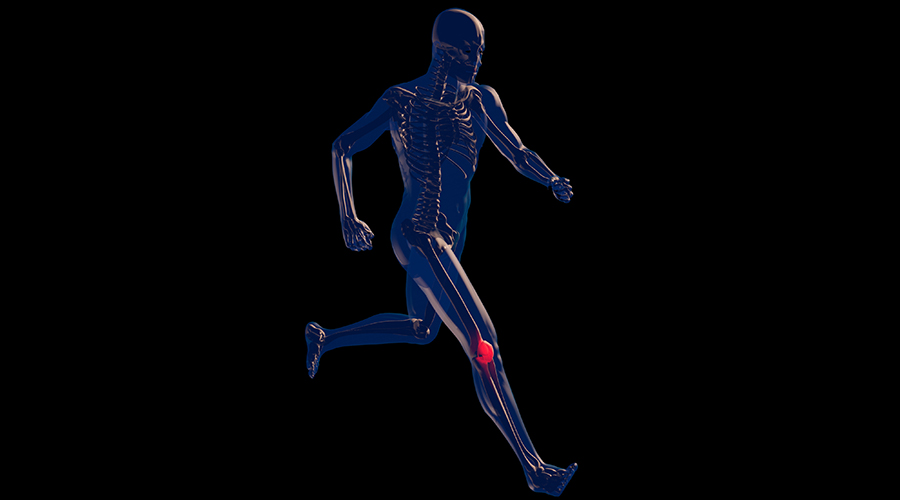
Patello-Femoral Pain Syndrome (PTPS) is often associated with any pain in front of the knee and around the patella or kneecap. Anterior knee pain is a concept that is experienced by many patients where the cause can vary from improper alignment to muscle dysfunction, or when the cartilage under the kneecap is damaged due to injury or overuse. This syndrome can be referred to as chondromalacia and runner’s knee. It is frequently seen in teenage athletes, people whose jobs require frequent standing, squatting, climbing ladders or stairs and can include cyclists and hikers. Symptoms are commonly intensified with descending stairs, prolonged driving with a bent knee, squatting and kneeling. Frequently people hear a click and the most common reason people experience this pain is overuse. Contributing factors to the syndrome include weakness, and tightness of the muscles around the hip and knee, an abnormality in the lower leg and hip alignment, and or improper tracking of the knee cap.
Phase one of rehab is to reduce pain and swelling, initiate gentle stretching and strengthening, mobilize the patella if needed and restore normal gait. The second phase is to improve coordination of the lower extremities which includes knee and hip strengthening in weight bearing and non weight bearing positions with emphasis on good form. The third phase of rehab should focus on functional exercise to include single limb exercise and prepare to return to recreational activities. The goal of the rehabilitation is to reduce symptoms, correcting the cause and sometimes rest from the aggravating activity. We can also apply tape to assist with patellar tracking. We use the tape so exercises can be performed with less pain but the goal is to have adequate strength and to be symptom free.
It is wise to find good professional help to assist you alleviate your patellofemoral pain syndrome. Stretching the hamstrings, quadriceps, ITB and strengthening the knee and the hip to help reduce stress at the knee are vital to your recovery.

